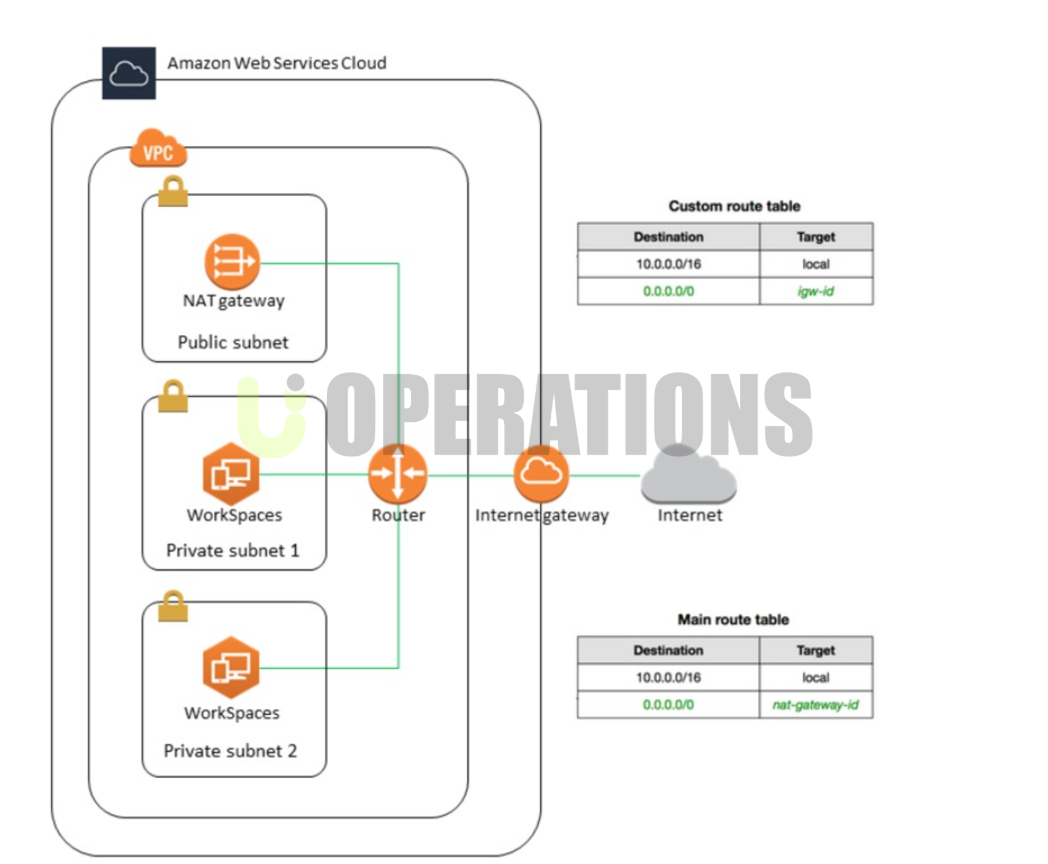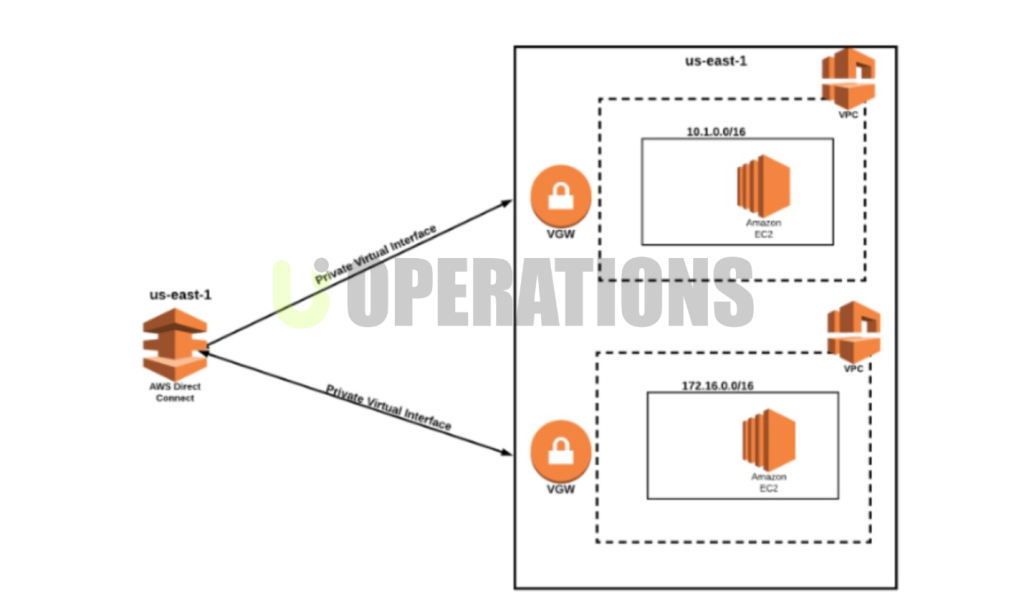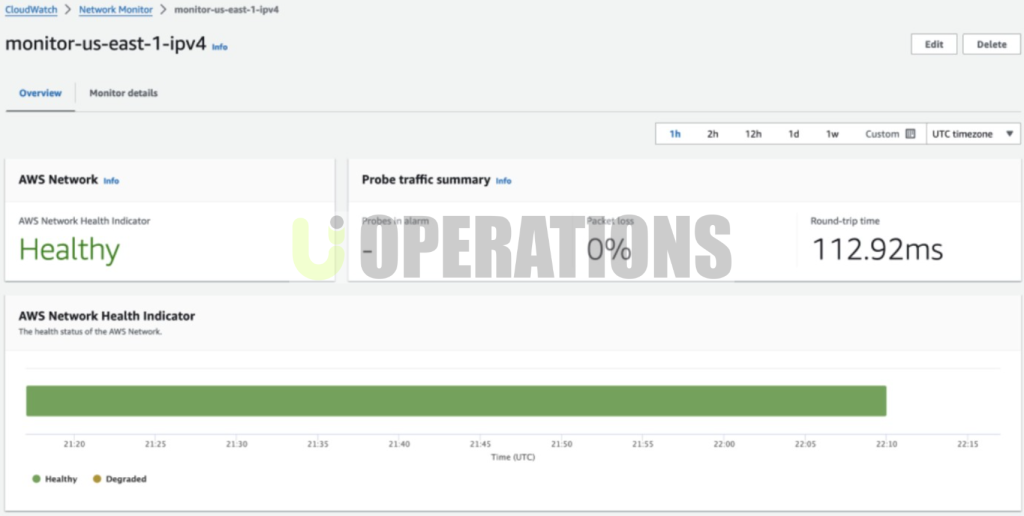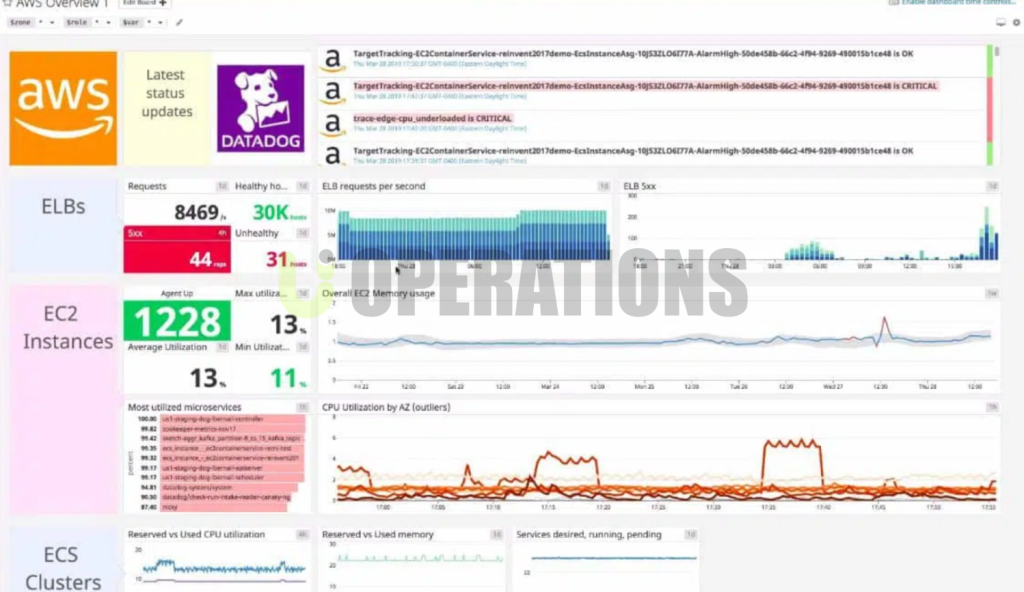AWS Infrastructure and Direct Connectivity Integration
Price: 500$
Duration: 2 Week
01
Project Overview
Our client engaged us to integrate their on-premises infrastructure with Amazon Web Services (AWS) using Direct Connect, creating a seamless and high-performance connection between their data centers and AWS cloud resources. The project aimed to provide secure, low-latency, and reliable connectivity while enabling scalable cloud solutions. This integration allowed the client to take advantage of AWS services, including virtual private cloud (VPC), Amazon EC2, and Amazon S3, with optimized network performance. We worked to ensure that both the AWS infrastructure and the Direct Connect solution were aligned with the best practices for performance, security, and high availability.
02
Project Objectives
- Direct Connectivity: Establish a private and dedicated connection between the client’s on-premises data centers and their AWS infrastructure to improve performance and security.
- Cloud Infrastructure Optimization: Design a secure and scalable AWS architecture, leveraging services such as Amazon VPC, EC2, S3, and AWS IAM.
- Secure Data Transfer: Provide secure and encrypted data transfer between on-premises resources and AWS using Direct Connect.
- High Availability and Redundancy: Ensure high availability and fault tolerance by implementing multiple Direct Connect connections and a redundant setup.
- Network Performance Improvement: Minimize network latency and bandwidth limitations associated with traditional internet connections.
- Compliance: Ensure that the architecture complies with regulatory and industry-specific requirements for data security, privacy, and network performance.
03
Pre-Deployment Planning
- Existing Infrastructure Review: We reviewed the client’s current on-premises network infrastructure to understand the topology and requirements for AWS integration.
- Stakeholder Interviews: Our team conducted discussions with the client’s network, security, and cloud teams to define the specific goals, compliance needs, and performance expectations.
- Connectivity Requirements: We gathered information about the desired throughput, latency, and security requirements to determine the appropriate AWS Direct Connect configuration.
- Design & Architecture:
- Design & Architecture:
- AWS Architecture Design: We designed a highly available architecture using Amazon VPC, with multiple Availability Zones (AZs) to ensure redundancy and fault tolerance.
- Direct Connect Planning: We worked with the client to choose the right Direct Connect location and bandwidth to meet performance requirements. We also planned the integration of AWS Direct Connect with the client’s on-premises network.
- Redundancy and Failover: We planned for multiple Direct Connect connections to ensure high availability and fault tolerance, with automatic failover capabilities to ensure minimal disruption in case of failure.
- Security Considerations: We reviewed the security requirements, including encryption, access controls, and network segmentation, to ensure a secure integration.
04
Deployment
Step 1: AWS Infrastructure Setup
- VPC Configuration: We configured Amazon VPC to support the client’s cloud environment, ensuring the proper subnetting, routing, and network security policies (such as Network Access Control Lists (NACLs) and Security Groups).
- Virtual Private Gateway (VGW): We set up a Virtual Private Gateway (VGW) on AWS to connect to the customer’s on-premises network via Direct Connect.
- Direct Connect Setup: We initiated the AWS Direct Connect connection, which included creating a Direct Connect virtual interface (VIF) and connecting it to the client’s on-premises router.
- Redundant Connections: We configured multiple Direct Connect connections (if required) across different physical locations to ensure high availability and redundancy.


- Step 2: On-Premises Network Configuration
- Router Configuration: We configured the client’s on-premises router to support Direct Connect, including setting up Border Gateway Protocol (BGP) for routing and failover.
- VLAN Setup: We created Virtual Local Area Networks (VLANs) on the client’s router for segmentation and to manage traffic efficiently across the Direct Connect connection.
- Network Security Configuration: We implemented security measures to restrict access between AWS and on-premises networks, including IP whitelisting and secure BGP session configurations.
- Step 3: Direct Connectivity Integration
- BGP Configuration: We configured BGP for dynamic routing between AWS and the client’s on-premises network to ensure optimal route propagation and automatic failover in case of connection issues.
- Traffic Flow Testing: We conducted tests to validate traffic flow across the Direct Connect link, ensuring that the routes were correctly advertised and that data was securely transmitted between the two environments.
- Redundancy Testing: We tested the failover mechanisms for Direct Connect by simulating link failures and ensuring that traffic could seamlessly fail over to secondary connections.
- Step 4: Performance Monitoring and Optimization
- Bandwidth Testing: We performed tests to measure bandwidth utilization and ensure that the Direct Connect link was providing the required throughput for the client’s workloads.
- Latency Testing: We monitored and tested latency levels to ensure that Direct Connect was providing reduced latency compared to public internet connections.
- Network Performance Tuning: We fine-tuned the configurations to optimize network performance, ensuring low latency and consistent throughput.

05
Post-Deployment and Optimization
Monitoring and Ongoing Management:
- Network Monitoring: We implemented monitoring tools such as Amazon CloudWatch and third-party solutions to continuously monitor the health and performance of the Direct Connect connection and the client’s AWS resources.
- Traffic Analysis: We set up traffic analysis tools to help identify bottlenecks and optimize the flow of data between the on-premises data center and AWS.
- Security Monitoring: We ensured that AWS CloudTrail and VPC flow logs were enabled to monitor access and network activity for compliance and security auditing.


- Cost Optimization:
- Cost Management: We helped the client optimize their AWS costs by reviewing Direct Connect billing, evaluating their usage patterns, and recommending adjustments to the connection setup (such as reducing bandwidth or using AWS Direct Connect Gateway for more flexible routing).
- Elasticity and Scalability: We ensured the AWS environment was designed for scalability by incorporating features like Auto Scaling and Elastic Load Balancing (ELB) to adjust to changing workloads.
- Documentation and Knowledge Transfer:
- Infrastructure Documentation: We created comprehensive documentation outlining the AWS Direct Connect setup, including network diagrams, configurations, and failover procedures.
- Best Practices Training: We provided training for the client’s IT team on AWS Direct Connect best practices, security configurations, and monitoring tools to ensure they can manage and troubleshoot the environment independently.
06
Challenges and Solutions
- Challenge 1: Bandwidth Limitations
- Solution: We adjusted the AWS Direct Connect bandwidth settings to meet the client’s requirements for throughput and reduced latency. Additionally, we implemented bandwidth management tools to avoid congestion.
- Challenge 2: Network Routing Issues
- Challenge 2: Network Routing Issues
- Solution: We addressed routing issues by fine-tuning BGP configurations, verifying route advertisements, and ensuring proper failover logic to handle potential failures seamlessly.
- Challenge 3: Integration with On-Premises Network Security
- Challenge 3: Integration with On-Premises Network Security
- Solution: We worked with the client’s security team to ensure the on-premises network security policies (such as firewalls and intrusion detection systems) were compatible with the AWS Direct Connect connection, ensuring secure communication.
- Challenge 1: Bandwidth Limitations
07
Results and Outcomes
- Seamless Integration: The Direct Connect integration between the client’s on-premises network and AWS cloud infrastructure was successfully completed, providing a dedicated and secure connection that ensures high availability and low-latency communication.
- Improved Network Performance: Direct Connect enabled the client to achieve higher bandwidth, lower latency, and more consistent network performance compared to public internet connections.
- Cost Efficiency: The integration of AWS Direct Connect helped optimize the client’s overall network costs by providing a reliable and cost-effective solution for transferring large volumes of data.
- Scalable Cloud Infrastructure: With the AWS Direct Connect setup in place, the client’s cloud infrastructure is now more scalable, flexible, and able to handle future growth with minimal disruption.
- Seamless Integration: The Direct Connect integration between the client’s on-premises network and AWS cloud infrastructure was successfully completed, providing a dedicated and secure connection that ensures high availability and low-latency communication.
08
Tools and Technologies Used
- AWS Direct Connect
- Amazon VPC
- Amazon CloudWatch
- AWS Lambda for automation
- Border Gateway Protocol (BGP)
- Amazon EC2, S3
- AWS IAM for security and access controls
- AWS Direct Connect Gateway
- Third-party Network Monitoring Tools
09
Conclusion
The AWS Infrastructure and Direct Connectivity Integration project successfully delivered a high-performance, secure, and scalable connectivity solution for the client, enhancing their hybrid cloud capabilities. By integrating Direct Connect, we enabled the client to move critical workloads to AWS with reduced latency and improved security while optimizing costs. The solution allows the client to scale efficiently in the cloud, ensuring continuous performance and availability. With enhanced security, compliance, and monitoring capabilities, the infrastructure is well-positioned to meet future demands and business growth.


